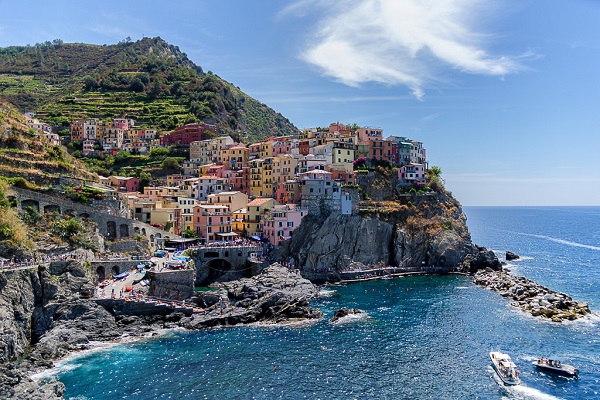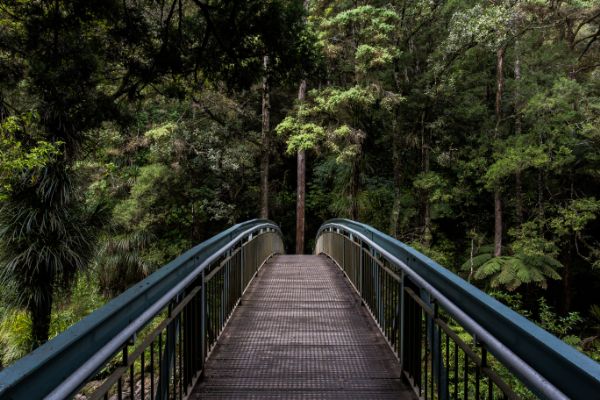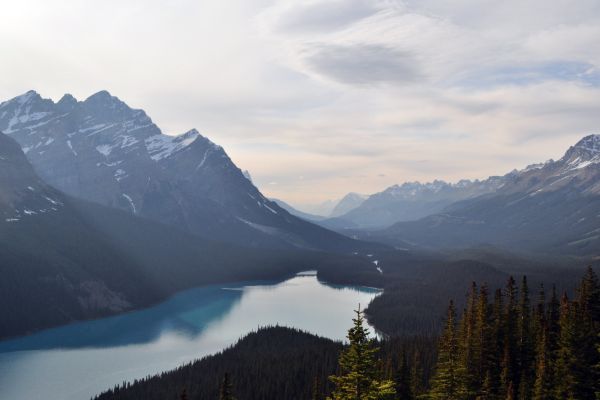






A beach is a coastal landform that typically consists of sand, gravel, pebbles, or other sediment deposited by waves and currents along the shoreline. Beaches are dynamic environments where the land meets the sea, characterized by a unique combination of natural features, diverse ecosystems, and recreational opportunities.

A forest is a complex ecosystem dominated by trees and characterized by a dense canopy of foliage, diverse plant and animal life, and various ecological processes. Forests cover a significant portion of the Earth's land surface and are found in diverse climates and regions, ranging from tropical rainforests to boreal forests and everything in between.

A mountain is a large landform that rises prominently above its surroundings, typically with steep slopes and a peak or summit. Mountains are formed through geological processes such as tectonic plate movements, volcanic activity, and erosion, and they are found on every continent and in various shapes and sizes..
Mountains are awe-inspiring natural landscapes that provide valuable ecosystem services, recreational opportunities, and cultural significance. Protecting and conserving mountain environments is essential for maintaining biodiversity, supporting local communities, and ensuring the sustainability of mountain ecosystems for future generations..